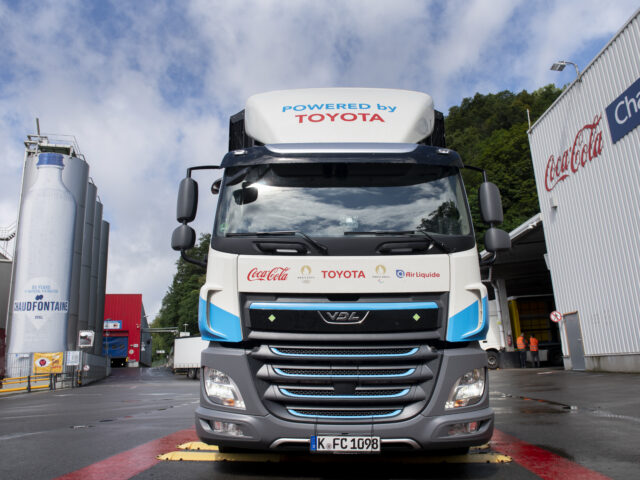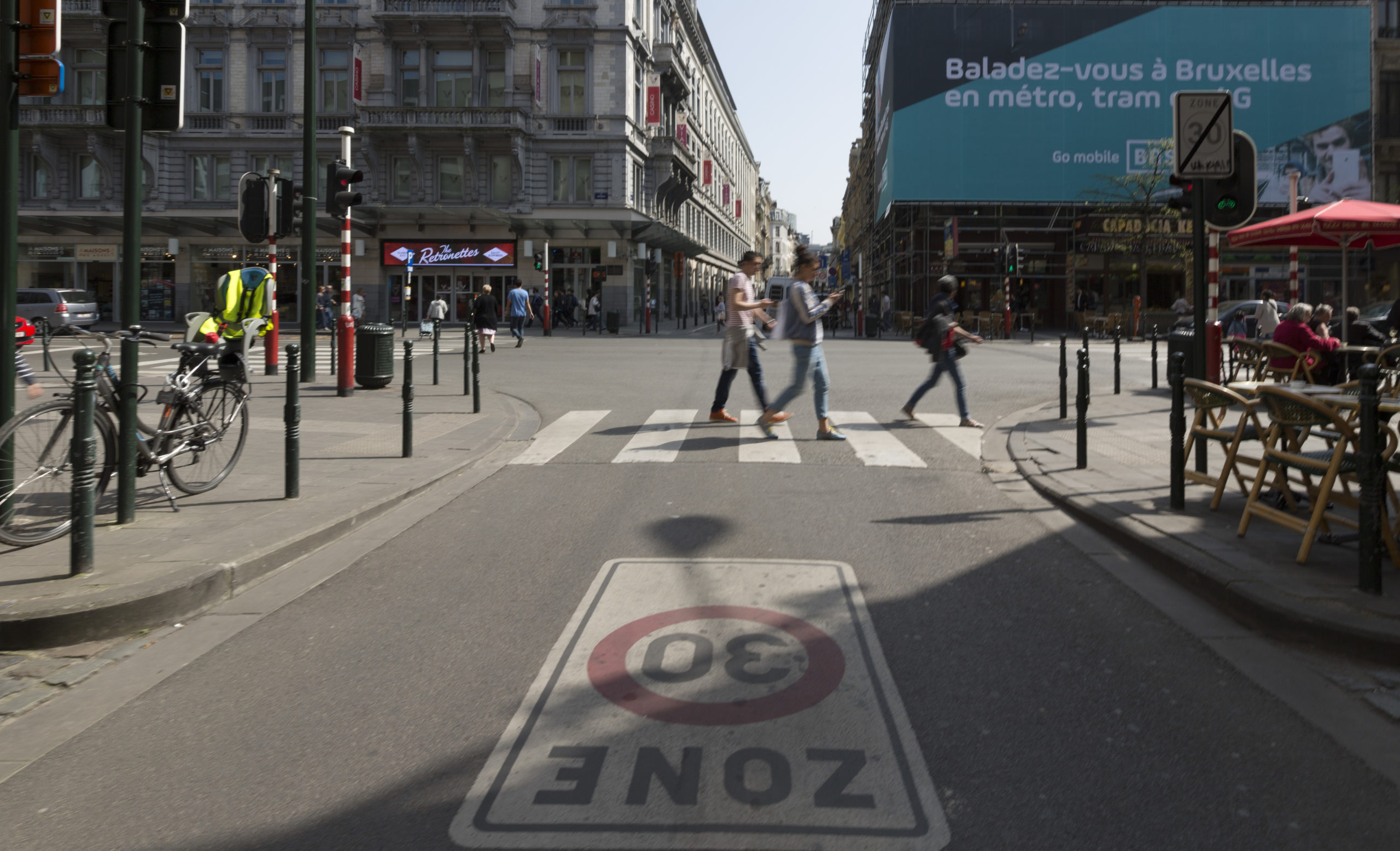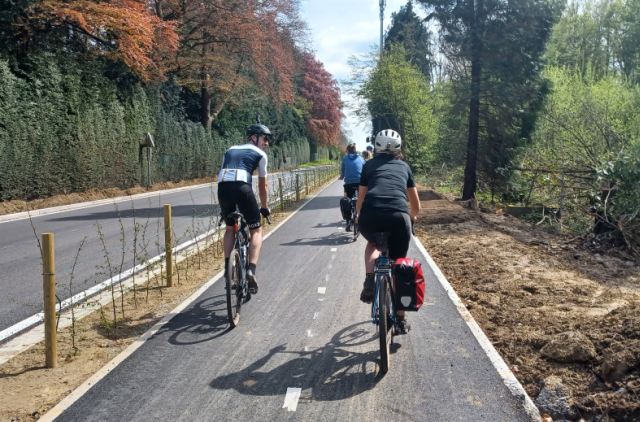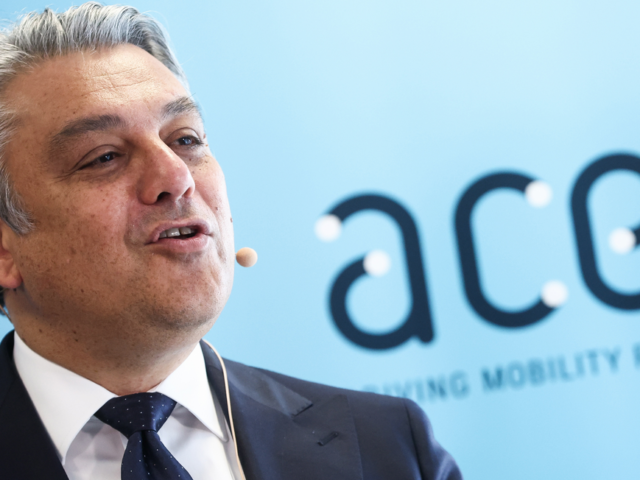
‘Why not introduce 30-kph zones in all Flemish cities?’

A few years ago, before Brussels introduced the general 30-kph limit on its territory, the city already experimented with so-called 30-kph ‘pedestrian zones’, except for public transport and rescue services /Belga
Flemish Members of Parliament Annick Lambrecht (sp.a) and Stijn Bex (Groen) want to discuss the possible introduction of 30-kph zones in Fle


Comments
Ready to join the conversation?
You must be an active subscriber to leave a comment.
Subscribe Today